With IT
industry growing so fast, it could be hard to make a wise choice when deciding
about the best programming languages for desktop.
However, it
does not mean you should give up on considering top programming languages for
desktop. In this post, we walk you through some of the most useful programming
languages for desktop.
Before that,
you must know what a desktop application is at first place, and how it could be
useful in different businesses and industries.
A Brief Explanation on
Desktop Applications
A desktop
application is a type of software that may run on a self-contained desktop
or laptop device to help a user achieve a specific job.
Web apps
require the use of a web browser, whereas mobile applications require the use
of devices such as smartphones or tablets.
Desktop
programs, on the other hand, do not require any additional conditions to
execute; they may run independently.
Desktop apps
are offered in a variety of formats. Some of them are used to carry out
specific duties, such as writing or editing papers, while others, such as media
editors, carry out tasks such as creating media files, editing files, and so
on. Desktop gaming software, on the other hand, are only for recreational
purposes.
Building a
desktop apps may be done in a variety of programming languages for desktop
which we are going to explain in details.
⏺️ Related: The top platforms for desktop application development
1.Python
One of the
most popular programming languages, is Python. Python is a programming language
used by program developers to construct online and desktop applications.
Python is also used for a variety of additional tasks, such as network server
administration. Python is popular among programmers because of its library
support, ease of interaction, and interactive features.
Python is
the programming language of choice for many start-ups. Python is the ideal
language for developing hybrid and cross-platform apps.
Python is a
high-level programming language that allows a developer to execute a
notion without having to write large lines of code. It is one of the most
versatile languages available.
Not only
that, but Python includes a wide choice of GUI frameworks that make it simple
and safe for developers to design applications.
Some of the
most important frameworks that you can use with Python to construct not
only windows applications but also the other types of applications are:
- PyQT (a mix of
the QT library and Python): allows developers to choose between using QT Designer
to establish visual dialogues and writing code to create an application.
- Kivy allows
programmers to develop code once and deploy it across several platforms.
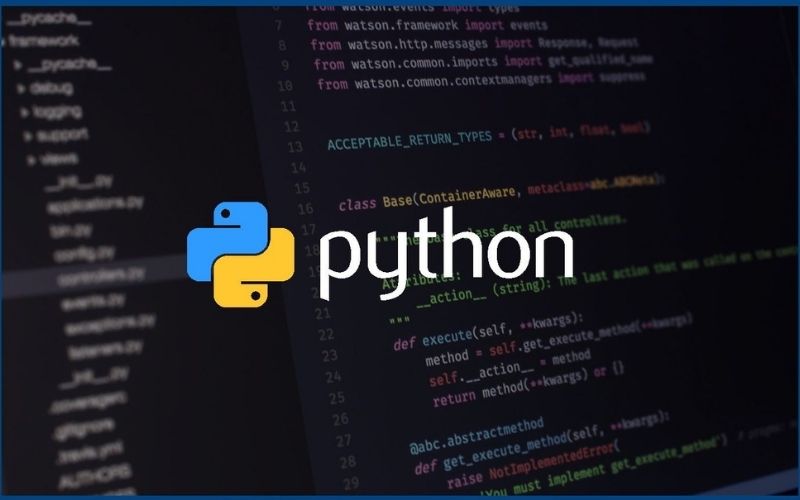
Python
programming language for desktop app, comes with pros such as:
- Easy to learn
- Fast function
- Supported by
many operating system
Take a look
at 3 downsides of python:
- When it comes to
jobs that demand a lot of memory, it is not very good.
- Execution is
slow
- Some issues in
data access
2.JavaScript
The second
programming language for desktop app we want to introduce, is called
JavaScript.
JavaScript
is the most used programming language among app developers, according to
Statista.
59 percent
of developers say they've used JavaScript in the recent year. Many programmers
prefer JavaScript for its cross-platform capabilities. JavaScript is available
in a variety of flavors.
Many
platforms and libraries rely on this popular language. JavaScript is used by
programmers for a variety of objectives. Progressive Web Apps are frequently
created with JavaScript (PWAs).
JavaScript,
sometimes known as JS, is a prototype-based, single-threaded,
interpreted programming language that covers both object-oriented and
functional programming. Despite its popularity as a web page scripting
language, it is also used in a variety of non-browser settings.
It is one of
the most popular programming languages for desktop. JS can assist
programmers in designing and implementing cross-platform desktop apps using
frameworks such as Buildfire.js or Electron.
Take a look
at some of its advantages:
- Fast function
- Flexible and
versatile
- Ease of use
Some of the
cons of JavaScript:
- Easily exploited
by malevolent users
- At times,
scripting might be unexpected.
3.C#
The third
programming language for desktop is C#. Microsoft Corporation conceived and
developed C# (pronounced C Sharp), a contemporary, object-oriented
programming language.
Good news
is JAVA and JavaScript programmers will be comfortable with this programming
language for desktop apps, despite its roots in the C family.
Because C#
and Windows are both built by Microsoft, developers may easily construct a
Windows-based desktop application. C# enables developers to construct a variety
of.NET-based apps that are both sturdy and secure.
The.NET
WPF Uno Platform, Avalonia, WinForms, UWP, rian, Blazor and Xamarian
are some of the frameworks you may utilize while designing a desktop app in C#.
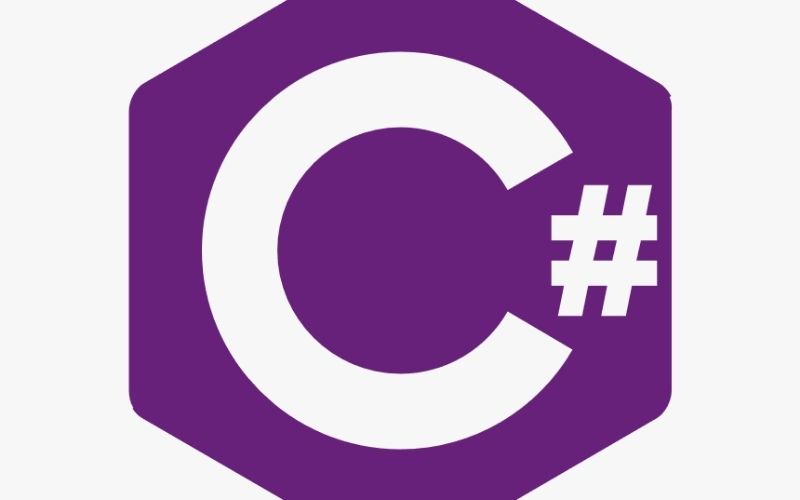
Many
application development aspects are supported by these frameworks, including:
- Services
- Controls
- Data binding
- Application
models
- layout
- Data binding.
You may also
utilize C# for cross-platform programming now that.NET Core has been released.
4.C++
C++ is a
procedural programming language that was created as an extension to the C
programming language.
Because it
is a general-purpose, object-oriented language, it gives developers a lot of
authority over system resources and memory.
This
programming language for desktop apps may be used to create desktop apps, systems,
browsers and much more. IDEs such as Eclipse and NetBeans can be
used to debug and edit C or C++ source code.
C++ is used
in the development of certain well-known products, such as Adobe Creative
Suite, Microsoft Office, and Google Chrome.
5.JAVA
Java is a
class-based programming language with as few implementation dependencies as
feasible.
Its goal is
to allow programmers to write once and have their code run wherever (WORA).
Basically said, javac compiles any Java code written by a developer.
A class file
or bytecode is the output of this processing. Java requires an interpreter -
such as Java Virtual System - to execute this file or bytecode on the machine.
Because JVM
is dependent on the operating system, it comes in a variety of flavors that may
be downloaded and then used to run code on many platforms. It is, nevertheless,
utilized to create apps that are both stable and platform agnostic.
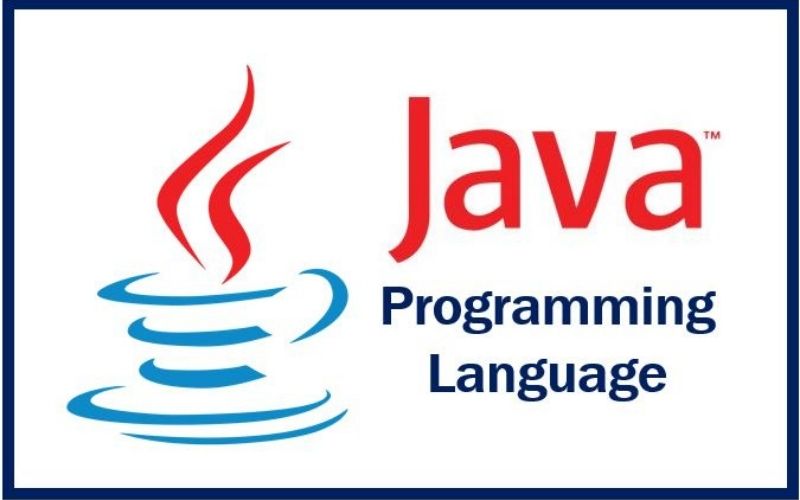
Netbeans
IDE, JDK and Java Swing are some of the tools you'll need to create a
desktop application in Java. Depending on your needs, you may additionally
require frameworks such as Eclipse RCP and JFoenix (JavaFX material).
The most
notable advantages of this language include:
- Reusable and
portable code
- Function on
different devices
- Flexible
Some of the
disadvantages of using java include:
- Implementing is
complex
- Writing issues
in class syntax
- Some bugs in
Java Virtual Machine
6.PHP
PHP
(hypertext preprocessor) is a backend programming language for
desktop that may be used for a variety of purposes. It's used to handle
databases and dynamic content.
Furthermore,
PHP is strong enough to operate the world's biggest content
managing system (WordPress), sophisticated enough to manage a massive
social media network (Facebook), and simple enough for beginners to pick up.
Moreover,
the reality that WordPress is being used to host a wide range of
websites, demonstrates how versatile this language is. For developers that
wish to create desktop apps, it has become the finest solution.
Nevertheless,
you may utilize Nighttrain (a pre-packaged PHP-hosting set), PHP Desktop (an
open-source project geared to produce desktop GUI apps), WXPHP, or TideSDK to
create cross-platform desktop applications using PHP.
7.Swift
Swift is a
programming language used by iOS app developers. Swift is a free and
open-source programming language. Swift is popular among developers due of its
adaptability and versatility.
This
programming language for desktop was first launched as a programming
language in 2014, and it was made accessible for mobile app development a year
later. Apple has stated that Swift would be the preferred language for building
iOS apps in the future.
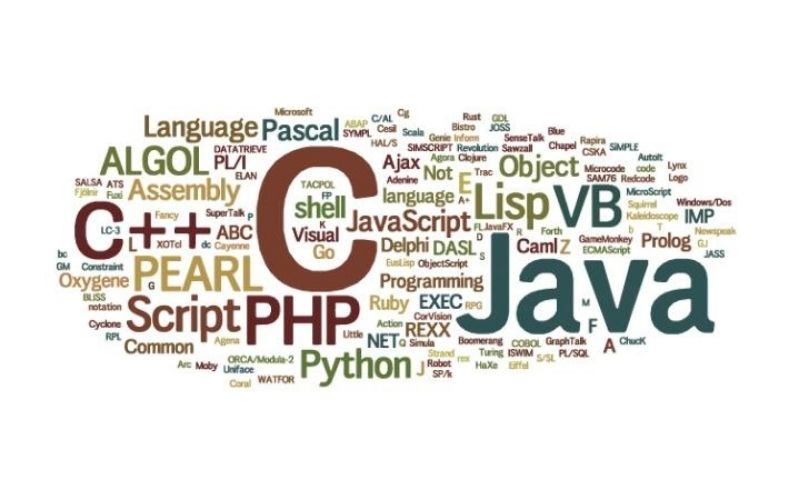
For
macOS, iOS, watchOS and other platforms, swift is a
multi-paradigm and general-purpose programming language. Swift allows you
to engage with your code since the syntax is compact and effective.
If you've
ever programmed in C or C++, you'll notice that several aspects of swift are
very similar. Swift is the language to use if you want to create a macOS app.
Also, remember to use tools like HomeBrew and Flexihub, to make your
programming go more smoothly.
Advantages
of swift include:
- Fast function
- Concise syntax
- Easy scalability
Disadvantages
of swift include:
- Frequent updates
are required
- Compared to Objective
C, new and untested
8.Red-Lang
Red is a
modular, imperative, and reactive programming language that was created to solve
the limitations of REBOL.
Red provides
a bigger field for programmers by including a native-code compiler. It has a
small memory footprint and enables garbage collection.
Red provides
developers with capabilities such as:
- Support for a
prototype-based object
- Cross-compilation
- Cross-platform
native
- Visual studio
plugin
9.Go
Another
option of programing languages for desktop application is called Go. This
programming language for desktop is a Google-developed open-source, functional,
multi-paradigm, imperative, parallel, object-oriented programming
language.
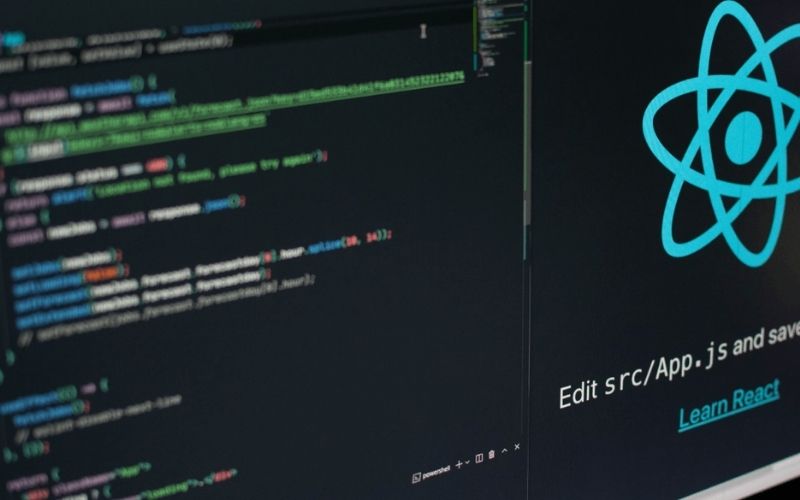
It is
contextually similar to C, but it has more advanced features like as memory
safety, garbage collection and structural typing. Go makes it easy to
create a dependable and effective macOS and Windows desktop application. Some
of the frameworks you'll come across while using Go, include:
- Martini
- Gin Gonic
- Mango
- Revel
10.Object Pascal
Object
Pascal is a Pascal modification that adds support for object-oriented
programming elements.
It's
compiled into native code that's quick and type-safe. Furthermore, object
pascal may be used to create programs for Linux, Windows, and macOS all at the
very same time.
Delphi and
Free Pascal are two main versions for object Pascal. Lazarus
and Oxygene are two of the most important frameworks to use when
designing desktop applications in Object Pascal.
Conclusion
All in all,
there are so many programming language from which desktop applications
developers are free to consider.
It is
needless to say not each of these languages suits every need or program for
desktop. But the developer must be expert enough to make a wise choice between
this wide ranges of programming languages.
If you want your desktop application to stand out among competitor and
fulfil client’s needs, we recommend you to consider our team.
There are specialists and experts in our team, who help you out with many
services such as web, desktop, android and iOS app development.
Thus, if you want to boost your business and grow online business, spend a
minute and visit our website.